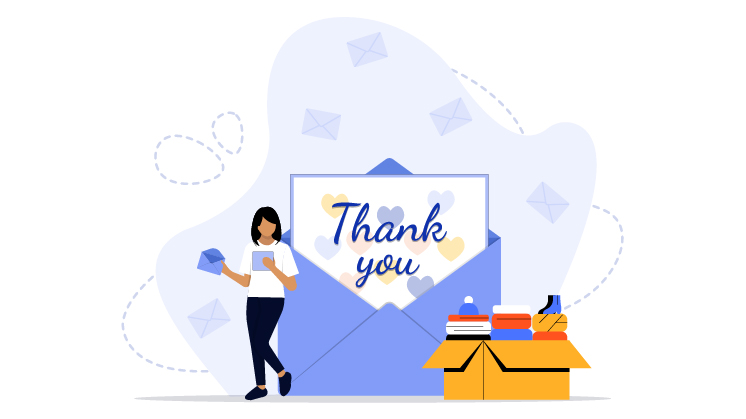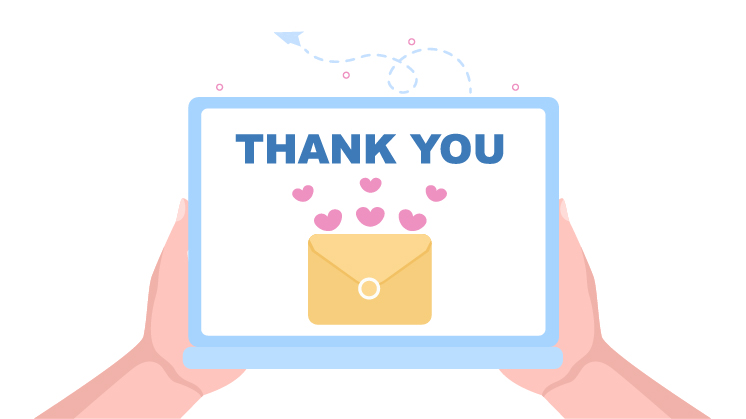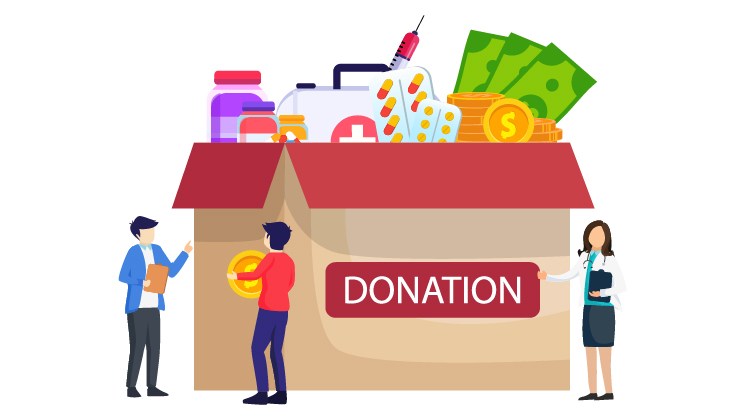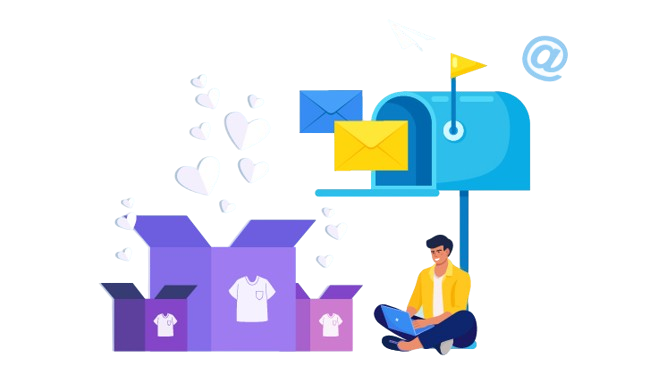When donors contribute to nonprofits, charities, foundations, and trusts, respective individuals who belong to charities, foundations, trusts, and nonprofits communicate with them. These individuals show gratitude and strive to build long-term yet result-oriented relationships with donors.
This way, donors, whether regular, occasional, or one-timers, continue to be impactful members of their communities for years to come.
But it all begins with a thank-you donation email.
This blog post will thoroughly describe the importance of thank-you donation emails and explain a few of the best practices that enable nonprofits to send them to donors in the right direction.
Why Are Thank You Donation Emails Crucial?

An engaging and genuine thank-you email motivates donors to contribute generously to various causes. Here are numerous reasons why thank-you emails are handy:
- They Help You Show Gratitude.
- Donors Should Feel Appreciated and Valued.
- They Allow You to Build Long-Term Relationships.
- Take Care of Your Donors.
They Help You Show Gratitude
Use the thank-you email to thank your donors for their contributions. Acknowledge that they have made the right decision, as their donations will help you improve the lives of the underprivileged.
Donors Should Feel Appreciated and Valued
Sending a sincere thank-you email will help donors feel valued. As a philanthropist, you should not undermine the importance of appreciation. Remember, you achieved your objective with their generous contributions.
They Allow You to Build Long-Term Relationships
Donation thank-you emails help nonprofits build powerful relationships with donors. These emails can begin the relationship and encourage donors to engage with nonprofits regularly.
Take Care of Your Donors
Taking care of your donors means donors have a positive, meaningful experience with your organization. It has a direct impact on your donor retention rate and future fundraising.
Donors who have a memorable donor experience are likely to contribute regularly and improve the amount and rate of their donations.
Sending Thank You Emails for Donations – Best Practices

Write the Donor’s Name
You must use the donor’s name when writing emails to them. When you use donors’ names in thank-you donation emails, donors assume your organization cares about them.
Therefore, you should include personal details alongside names in your emails. It can significantly affect how your existing and potential donors feel.
Add a Personal Touch
A person should send a thank-you donation email, not an organization. If a top management tier person writes an email to a donor, it will be more engaging and results-driven.
Be Friendly
A thank-you email should make donors feel happy and motivated. In addition, it should be friendly. Communicate with your current and new donors like friends and appreciate their efforts wholeheartedly for your cause.
Talk About Impact
Tell your donors, whether regular or occasional, their contributions are valuable to your charity, foundation, trust, etc. Talk about the impact they have made by generously contributing to your social cause.
Make Sure Your Donors Receive Emails Timely
Your donors must receive thank-you emails in their inboxes timely. Otherwise, you might face issues while maintaining impactful relationships with them.
Therefore, for optimum email deliverability, you must integrate a reliable WordPress SMTP plugin, such as Post SMTP, into your WordPress site.
The plugin allows nonprofits to reliably send emails from their sites using an SMTP server to existing and new donors.
Different Ways of Asking Donations

Luckily, you can ask prospective donors for donations in multiple ways. It depends on which channel you use and who you ask. If you wish to ride the donation bandwagon, follow the steps below to ask for a donation:
- Decide Who to Ask, When to Ask, and How to Ask.
- Describe Your Story.
- Personalize Your Message.
- Say Thank You.
- Keep in Touch.
Decide Who to Ask, When to Ask, and How to Ask
When deciding who to ask, remember there are many types of donors: current, prospective, one-time, major, minor, and recurring.
Therefore, you must know in advance who to ask. If you manage a new nonprofit, ask every potential donor. Likewise, ask the current target audience, including recurring donors, if you represent an established NPO.
Describe Your Story
Explain the key objective behind the donation collection drive to current and potential donors. Let them know how they can play a crucial role by contributing to your noble cause.
Personalize Your Message
You should interact with your existing and prospective donors through personalized messages. Don’t start your emails with ‘Hey, you!’; instead, use their names.
Direct interaction helps develop long-term relationships with one-time, occasional, and recurring donors.
Say Thank You
Show gratitude to your donors as early as possible. It is better to respond to them within 48 hours. Your donors must feel appreciated and respected.
Keep in Touch
Ensure that you create valuable relationships with donors over time. You can regularly send them follow-up emails to get their feedback regarding your causes. Furthermore, keep reminding them they have played a crucial role in making your nonprofit’s work successful and results-driven.
What Are the Several Types of Thank You Donation Emails?

Thank-you emails for donations have numerous types as they depend on context, purpose, and other factors. Here are various types of thank-you donation emails nonprofits can benefit from:
- Immediate Thank You Email.
- Year-End Thank You Email.
- Detailed Thank You Email.
- Personalized Thank You Email.
- Milestone Thank You Email.
Sample Thank You Donation Email
Dear James, Thanks for your contribution to DEF Nonprofit. I appreciate your commitment to our cause: Education for Everyone. Through your continued support, we have provided after-school education to 600 kids this year and are committed to doing so again next year. As a result, kids have developed meaningful relationships with adults, enhancing their curriculum activities and grades. It was not possible without your support! Thank You again. Regards, Thomas Robertson Managing Director
Examples of Donor-Centered Language Used in Thank You Emails
- With Your Support.
- Because of You.
- We Could Not Have Achieved It Without You.
- Thanks for Your Help.
Thank You, Donors With Donation Emails the Right Way
We expect you to appreciate our blog post describing the significance of donation emails.
Delivering a well-crafted, personalized thank-you email to your new or current donors is a simple gesture that can heavily impact their experiences and relationships with your charity, foundation, trust, nonprofits, etc.
Through thank-you donation emails, you can deliver impactful personal messages of gratitude. Furthermore, you can easily nurture a community of donors who will continue to support and promote your cause in the coming years.